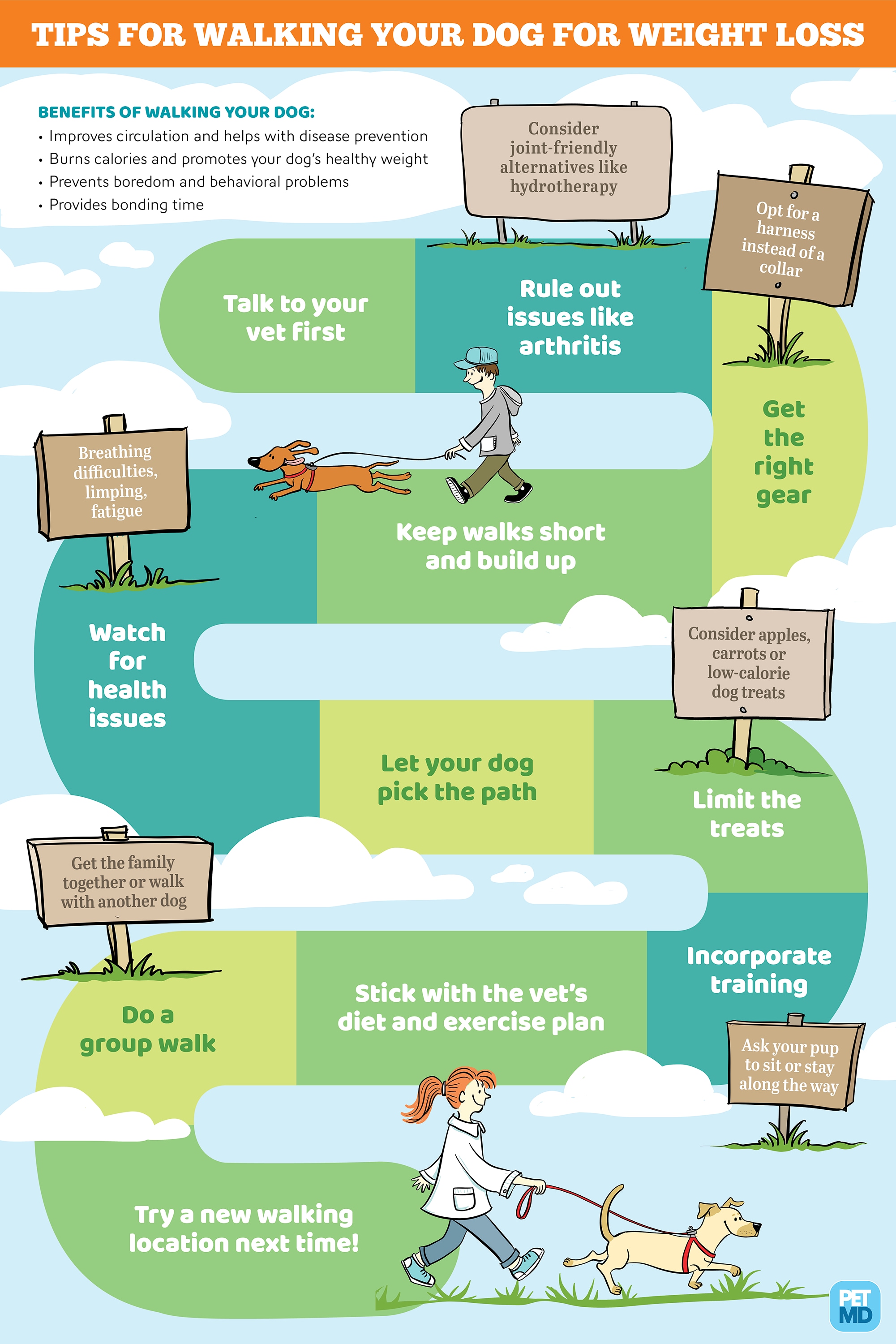Cold laser treatment is a non-invasive, pain-free treatment that helps reduce inflammation and enhances cell regeneration. It is a safe option to intrusive procedures and often has instant results.
Laser photons initiate a chain reaction of chain reactions within the cell that reduce pain, swelling, and accelerate recovery. It boosts blood flow to the area by causing vasodilation.
What to Expect
Cold laser therapy is a non-invasive therapy that utilizes low-level laser light to pass through deep into damaged cells, setting off cell function on numerous levels to promote tissue recovery. This helps in reducing pain and inflammation, while advertising contraction and regeneration.
During a session, you'll sit or relax pleasantly and the practitioner will mark the areas on your body that demand to be dealt with. The practitioner after that applies a tiny portable gadget with the laser to the area. Throughout the treatment, you may really feel a minor tingling or heat in the location of your injury.
Before starting therapy, it is essential to clean the location of your injury and eliminate any kind of precious jewelry or other things that might get in the way of the laser's course. It's additionally important to avoid any combustible materials that could be in the location of the laser beam of light. This will certainly ensure your safety and the performance of the treatment.
Preparation
Cold laser treatment functions by radiating light externally of your skin. The light is taken in by the leading layer of your skin and then stimulates the cells to create power that advertises recovery.
During the treatment, you might really feel a warm or prickling experience in the area that is being treated. This is totally normal, though you should let laser treatment for smoking cessation near me the expert understand if the sensation is awkward or too strong.
This treatment has a lot of pledge for aiding clients with traumatic brain injury (TBI). The therapy is non-invasive and does not have any type of unfavorable negative effects. Nonetheless, more research is needed to figure out the optimum therapy procedure. The best way to find out if you are a candidate for this sort of treatment is to speak with a qualified physiotherapist. They will have the ability to aid you determine if chilly laser treatment is right for you.
The Treatment
Once the professional has correctly positioned you for therapy, they will certainly then put the chilly laser device on the hurt area. They might maintain it on for 30 secs or longer, depending upon the size of the injury and its level of sensitivity. They will use safety goggles to ensure that the laser does not straight hit the eyes, and they will certainly see to it that you are safeguarded from any glare that could occur.
You may feel a slight tingling sensation on the area that is being treated, yet it will certainly not be undesirable or unpleasant. This is a sign that the laser is working to stimulate the healing process in the affected cells.
Most people experience discomfort alleviation within a couple of sessions, with some seeing enduring results even after several months of treatments. It is essential to note that LLLT is not meant as a single therapy for any kind of persistent pain condition and it should be coupled with various other restorative methods in order to accomplish maximum results.
Post-Treatment
After you lie down or sit, the professional will certainly make use of a stick with a series of light-emitting diodes to target your discomfort website. You will wear safety eye safety glasses, and the laser may be hung on your skin for 30 to one minute. You might feel a mild, relaxing sensation throughout the therapy.
The photons from the laser permeate deep into your cells, setting off a recovery reaction on a mobile degree. Unlike other kinds of laser therapy, this low-intensity technique does not create warmth.
Some research studies have actually revealed that chilly laser treatment works in treating a number of problems, including chronic discomfort and wounds. Nevertheless, it is much less commonly accepted as a typical medical method, and it isn't covered by several medical insurance plans. Additionally, it is not suggested to be made use of over any type of suspicious cancerous sores or carcinomas or on pregnant females. You ought to constantly talk to your oncologist before pursuing this kind of treatment.
